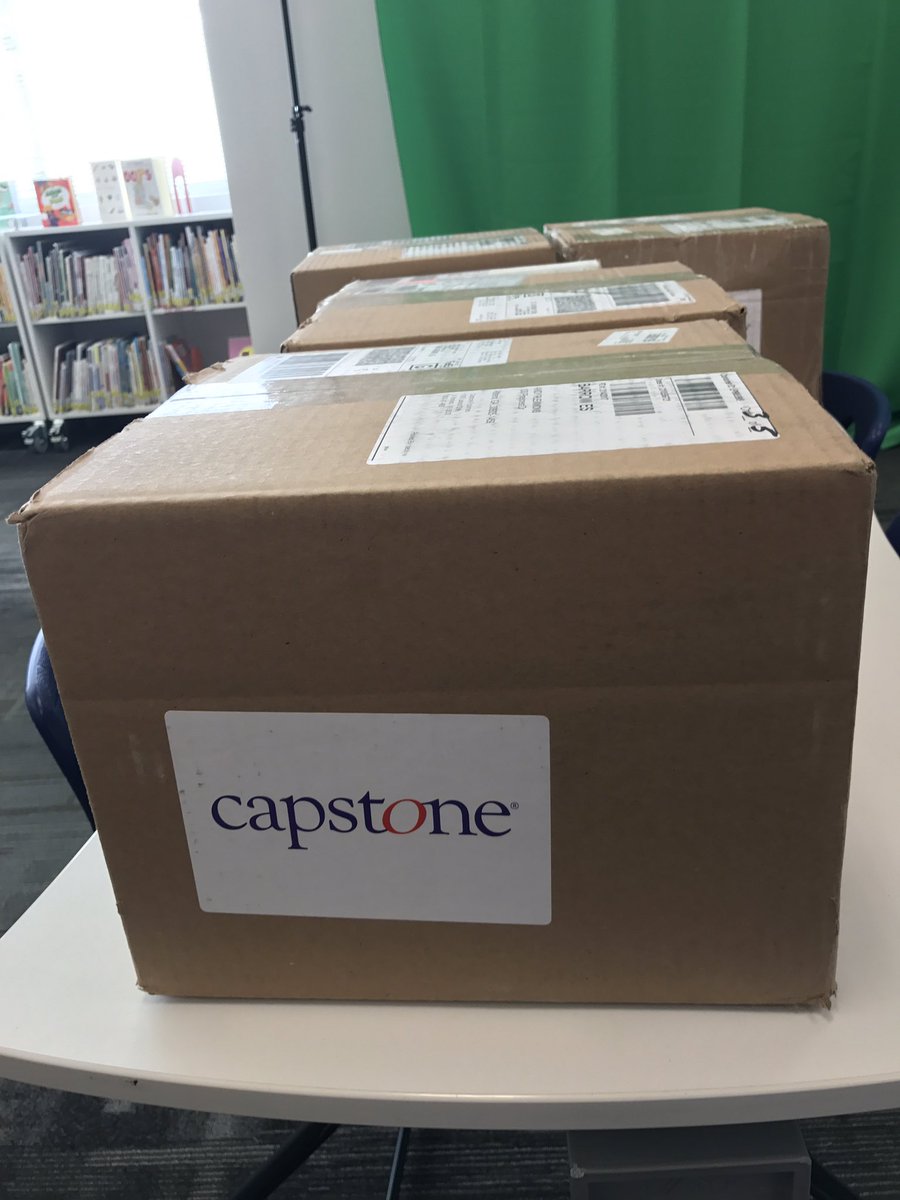
One of the goals of the Barrow Elementary Media Center is to support the reading habits and curiosities of students, teachers, and families. During the school year, our library is a huge source of reading, but I often wonder what I can do to continue to support reading during the summer months when students are at home. What do their home libraries look like? What can we do as a school to support the idea of building a home library?
Many schools in Clarke County are supported by an incredible program called Books for Keeps where every student in the school receives 12 books for summer reading. Our school will eventually be served by this organization, but at the moment, we are not. Since we can’t really raise enough money to buy books for every child in the school, I decided to start with 2 communities of students in our school.

This year, I am working with our community, writing grants, and raising funds to support families in building home libraries in their communities. The Junior League of Athens is purchasing 6 books for each student from the Bethel Homes community who attends our school. These books are for the students to keep and share with their family. There will be a family day of learning about home libraries, creating a plan for a home library, and adding these 6 books to the home library. We hope by taking this step, we are supporting a culture in each home of having a dedicated place to keep books that are purchased, borrowed, or donated.
Through First Book UGA, we have a $750 grant to replicate the Junior League’s program in the Parkview community. This will provide approximately 3 books per student through First Book. In order to replicate the same program we are offering at Bethel, we needed to raise some additional funds. After getting approval from our superintendent, I created a GoFundMe campaign to raise an additional $1,000. I began sharing the campaign through many avenues of social media as well as personal emails. Camilla Bracewell, a Barrow grandparent and huge library supporter, also shared the project through her own networks. In just over 24 hours, we raised the funds needed.

I’m notorious for jumping into a project before I really know exactly what it’s going to look like, but I always leap in with the faith of expecting the miraculous and knowing that things will work out. Now that the funds are in place, some logistics must be worked out.
Logistic 1: If students are going to create home libraries, what will I actually use for the home library container?
I didn’t want to assume that every student had a home library at home or that they knew that a home library could be any place you keep books, so I wanted them to have a container to take home with their books. I started pricing containers at Walmart and Target and seeing what Dollar Tree had. Along the way, I posted Instagram pictures of my journey and invited people to chime in with suggestions.
People chimed in with ideas:


Then, my wife suggested that I contact Suki Janssen with the Athens Clarke County Recycling Division, so I did. She invited me to come and check out the warehouse where the Teacher Reuse Store items are kept. This CHARM facility houses items that are difficult to recycle. I met with Chris Griffin and he let me browse the building and see what I could find.

Miraculously, I found 3 different stacks of trays in varying shapes, sizes, and conditions and was fortunate enough to take them all home with me.
Logistic #2: Getting all of these trays ready to become home libraries.
I took all of the trays home and started cleaning a few of them and brainstorming exactly what to do to the trays to decorate them.
Again, I reached out to the community for ideas. Gretchen Thomas, my collaborative partner from UGA, suggested lots and lots of spray paint.

I went out and bought some cans to do a paint test.
It was a time consuming process to clean and paint the trays and I quickly realized I couldn’t do it alone.
Logistic #3: Who can clean and paint all of these trays?
I brought all of the trays to school.
I called upon my wonderful volunteer coordinator Courtney Tobin as well as Gretchen Thomas to send out emails and ask for volunteers. Once again, the community didn’t disappoint. Camilla Bracewell came in along with Margaret Christ and her librarian mom came in to clean trays.
I also have volunteers scheduled to come in and start spray painting the trays outside.
Logistic #4: How will I order the right books for students?
Since we have a First Book account and grant, I can order books directly from First Book for a great price. I really wanted to go back to my student book budget model and give each student a certain amount of money to spend in the First Book marketplace.

However, I don’t think I have enough time to pull that off. Instead, I created a short reading interest survey so that I can do interviews with each student and find out some of their interests in order to get the books they really want to read. Again, this isn’t something I can do alone since there’s 75 kids in this project, so volunteers are helping me interview students with printed copies of the survey.
Logistic #5: How will I get the order done?
As we interview students, I’m searching the First Book Marketplace for books that match what students are asking for. I’m adding these to a wish list that I can pull from when it’s time to order. I’ve blocked off times on the library calendar next week to work on the actual order. I plan to take each student survey sheet and personally search for books to meet the needs of the student request and age. Then, I’ll use the donated funds and grant to pay the bill.

Logistic #6: How will students take ownership of the libraries?
Rather than just hand over the books and trays to students, I want them to have some investment in the project. In two weeks, we are going to hold some decorating sessions where students can come and decorate their libraries with personal touches. During that time, we’ll talk about what it means to have a home library as well as talk about sharing books between home libraries. Since these students are in the same community, there is an opportunity for students to be able to exchange books with one another if they want to.
I know that I have many more logistics to work out in this project, but it is amazing to look at where this seed of an idea has grown into a blossoming project. I can’t wait to see where the project takes us, how it impacts students, and what we all learn about one another along the way. Having a community that pulls together around a common project makes such a difference.
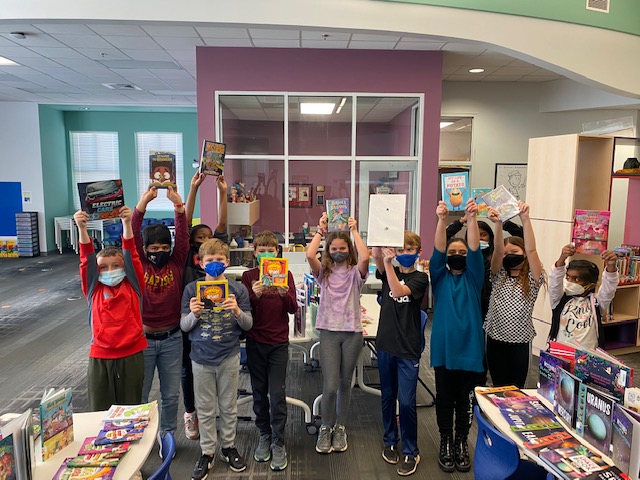
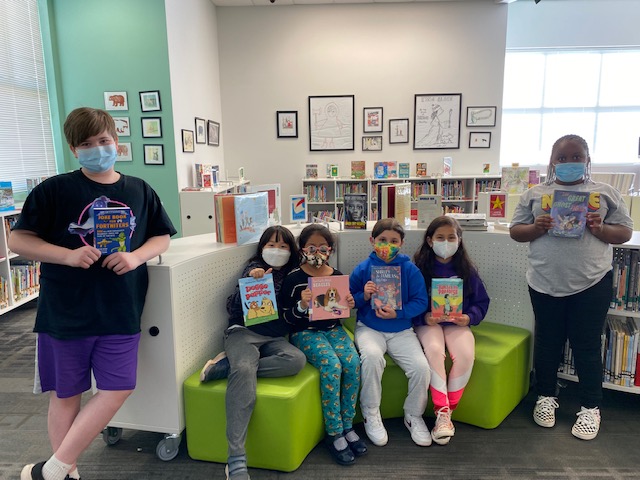


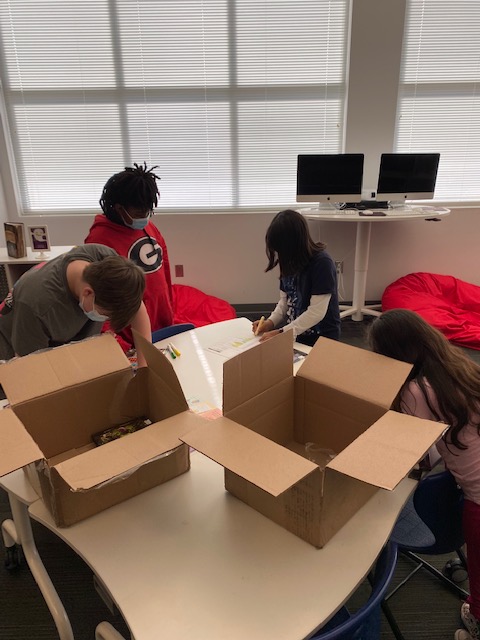
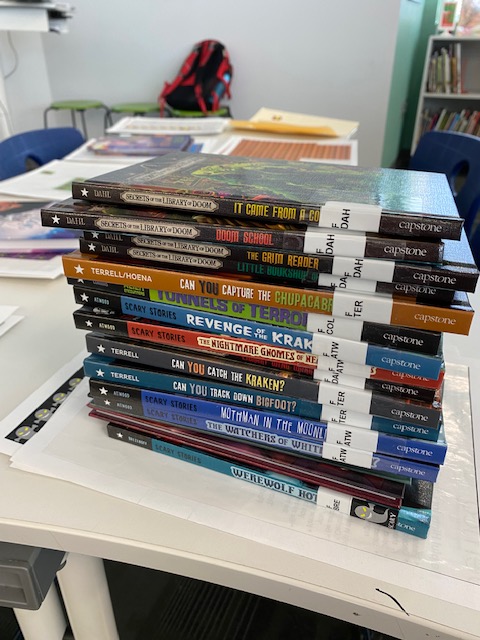
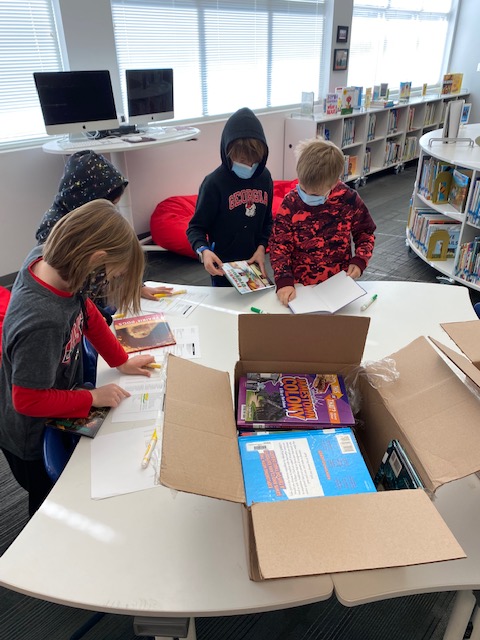
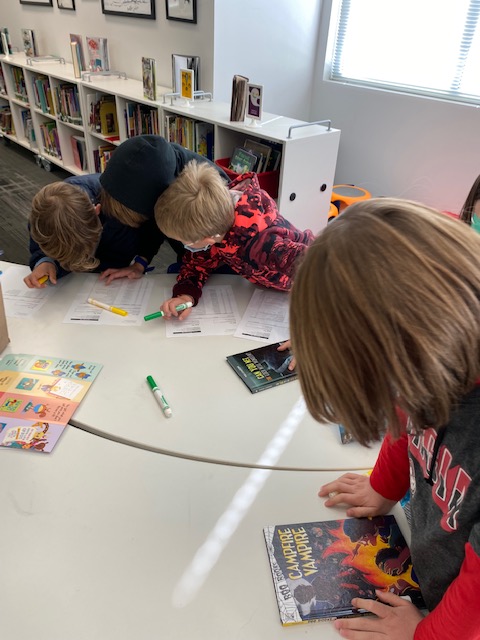
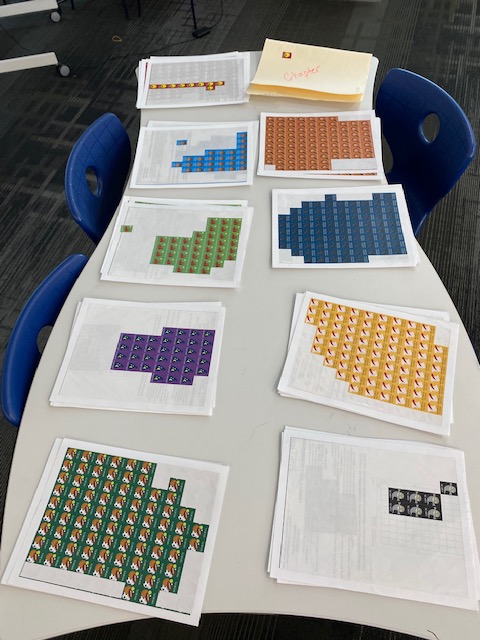
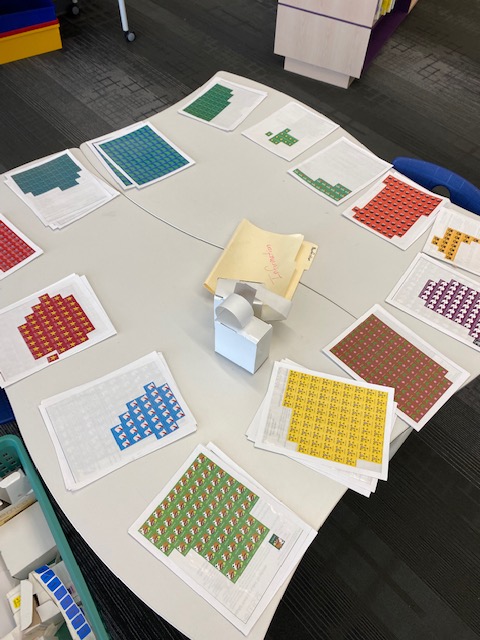
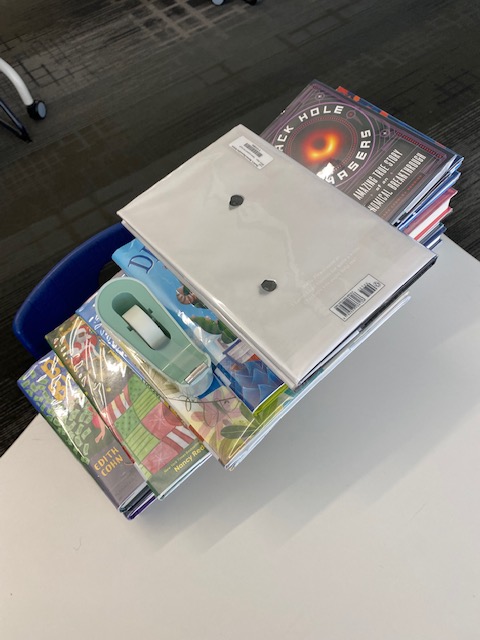
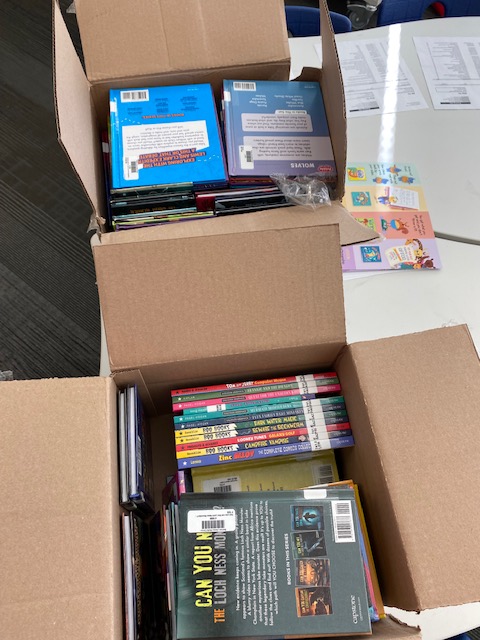
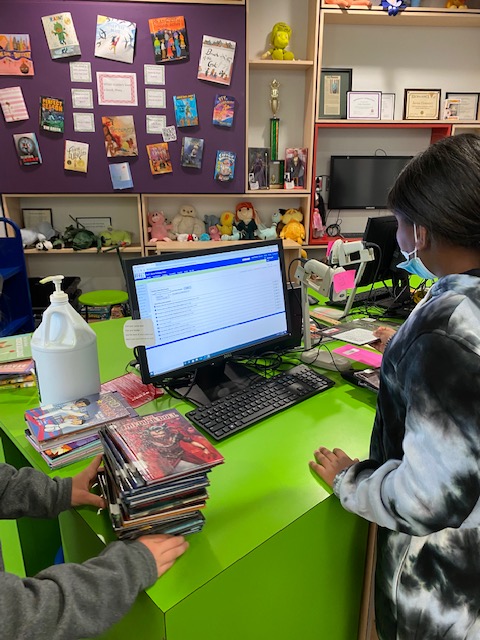

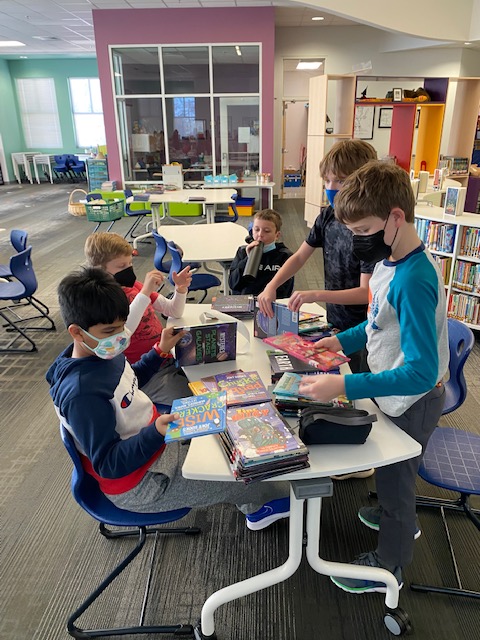

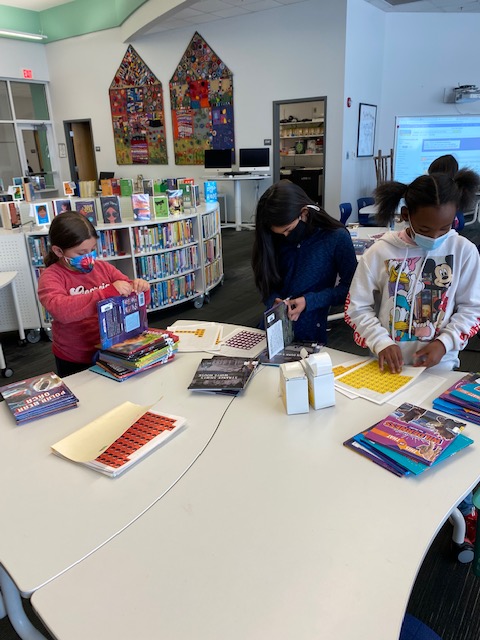
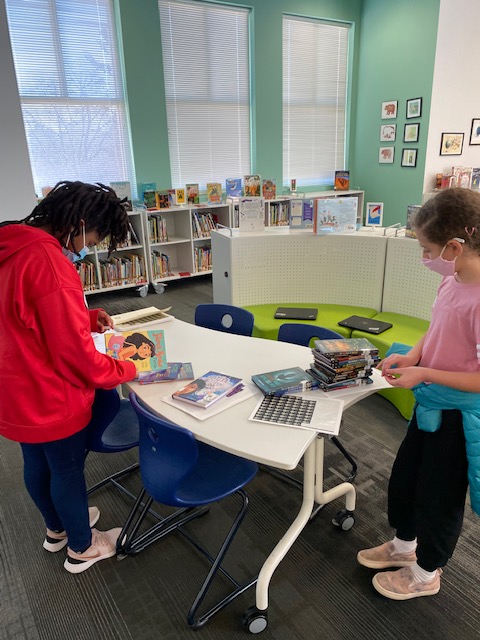
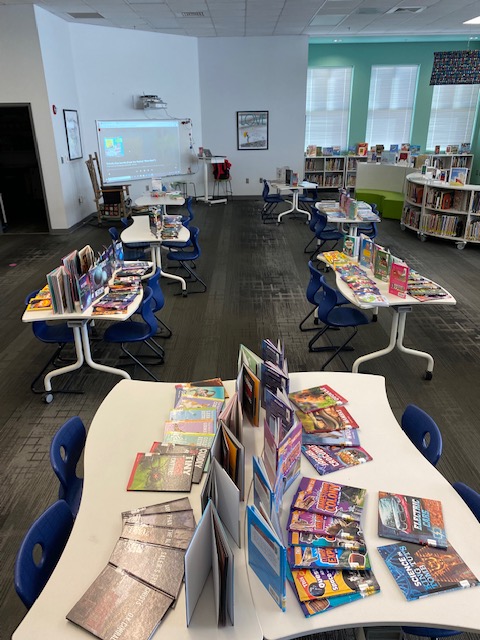
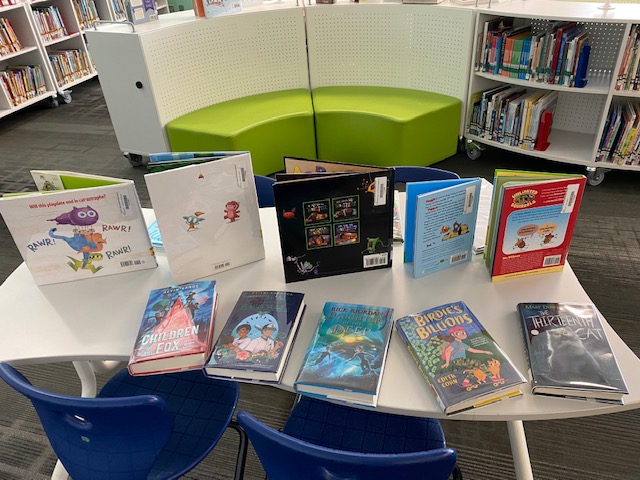


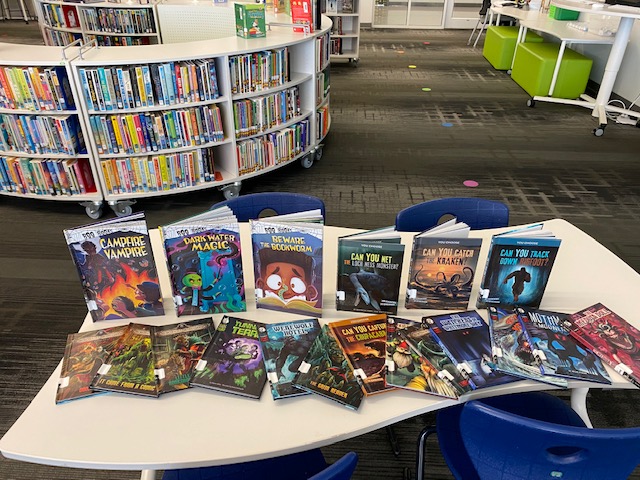
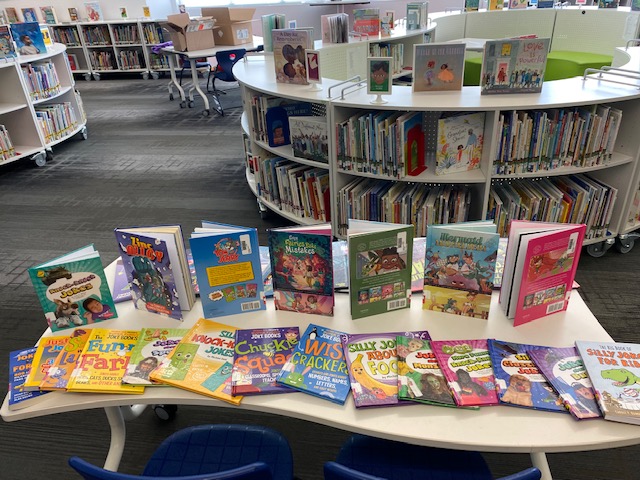
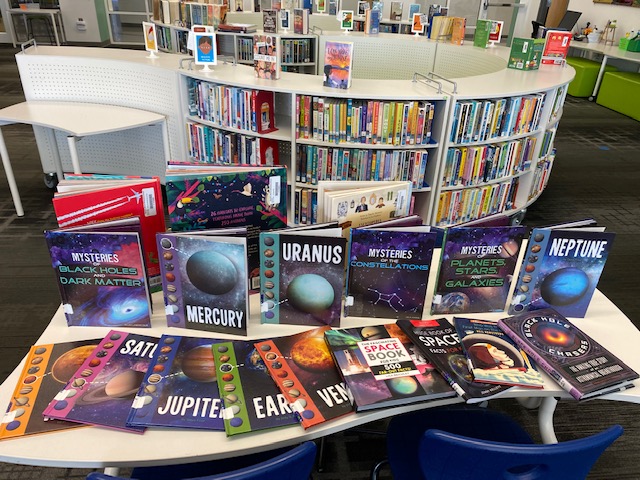
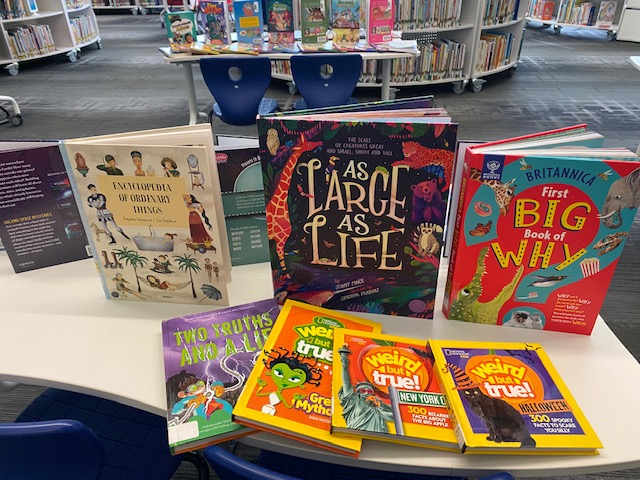
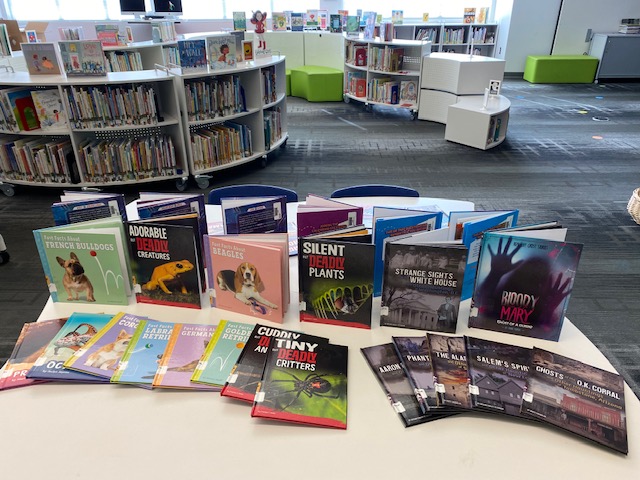

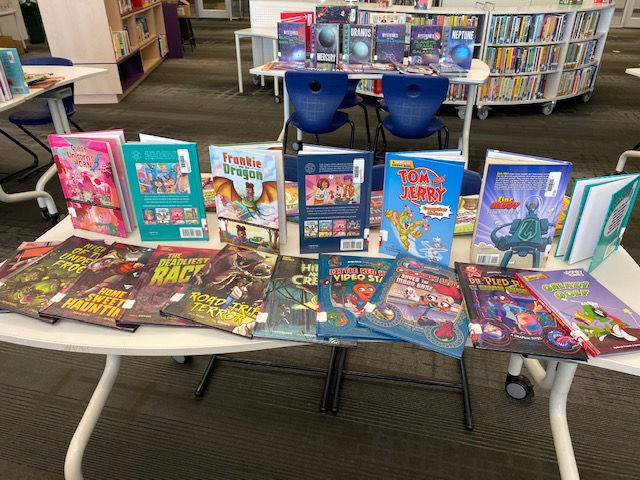

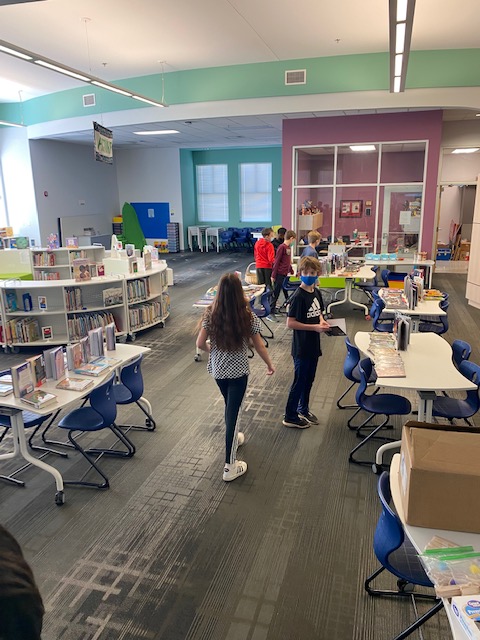
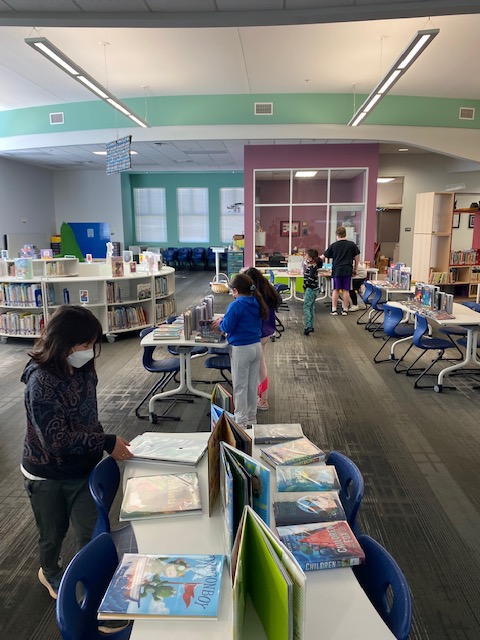
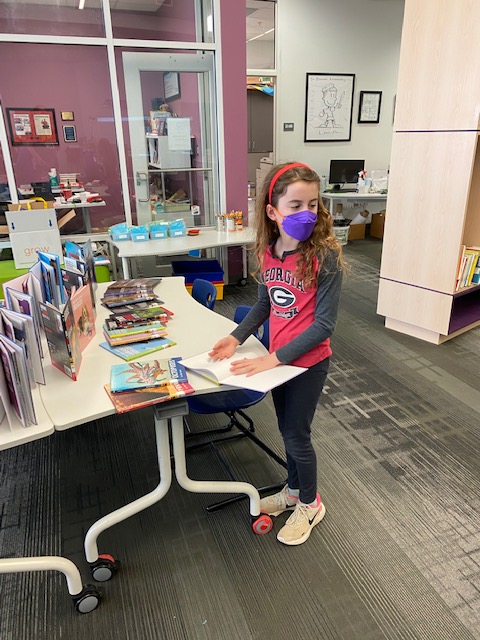
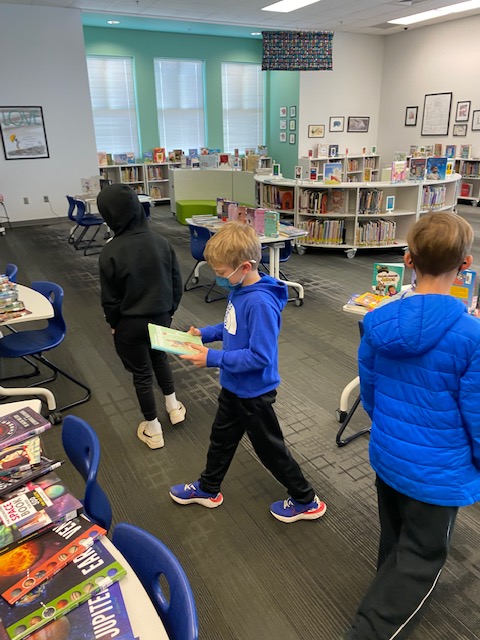



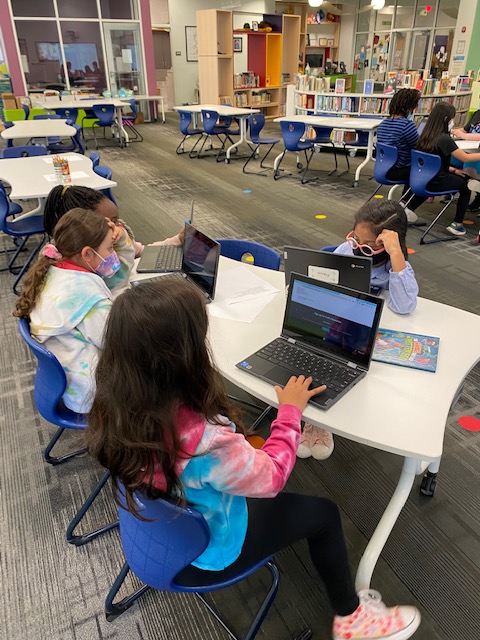


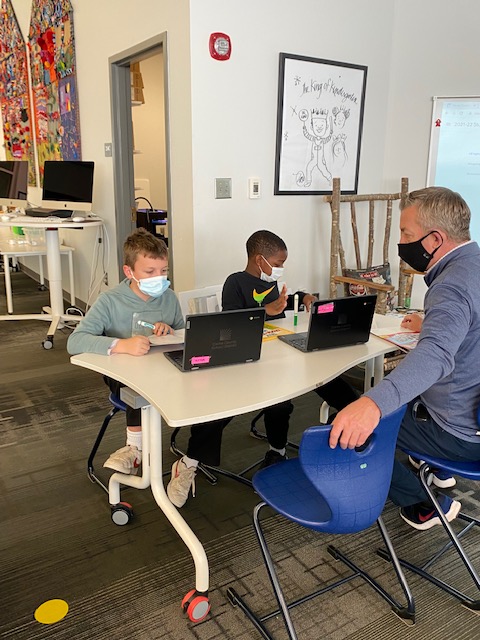

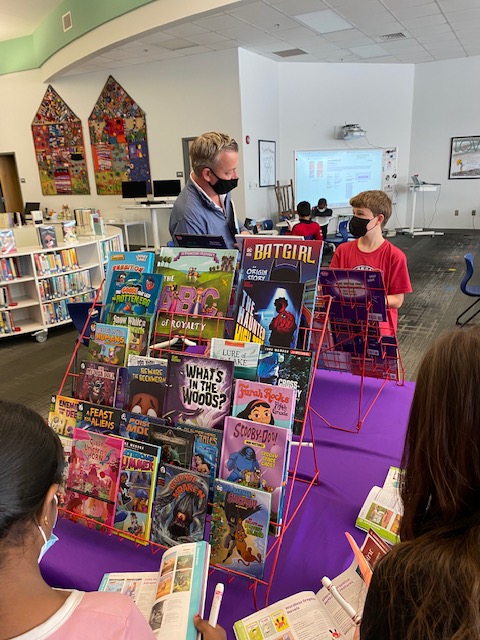











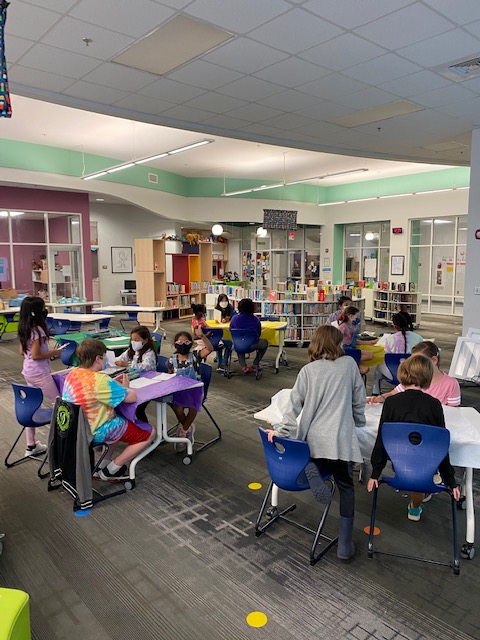
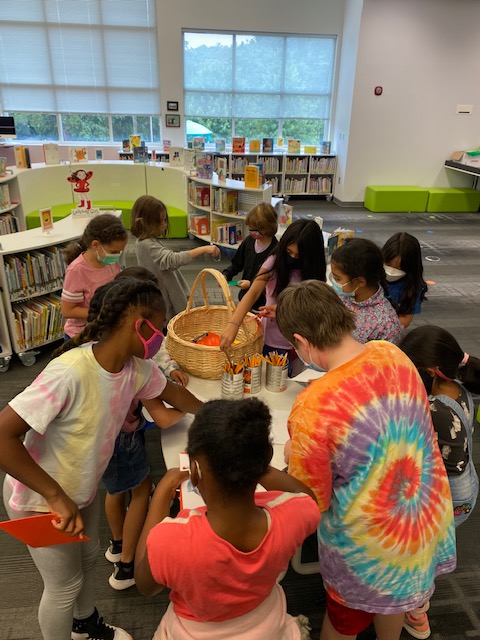
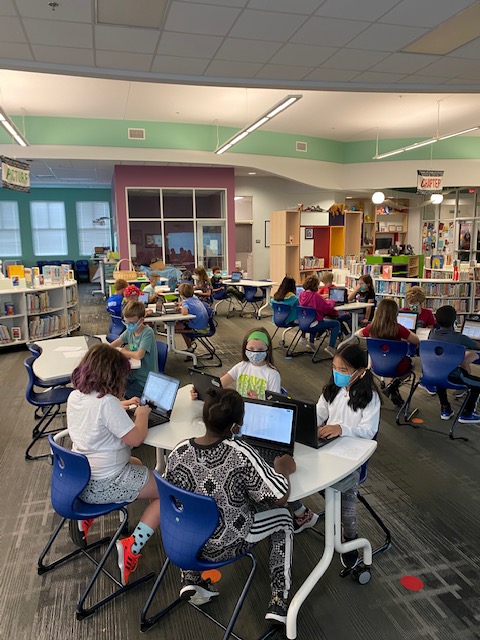
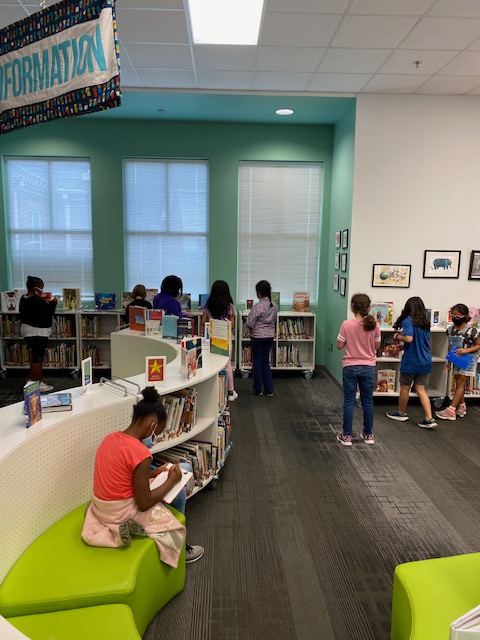


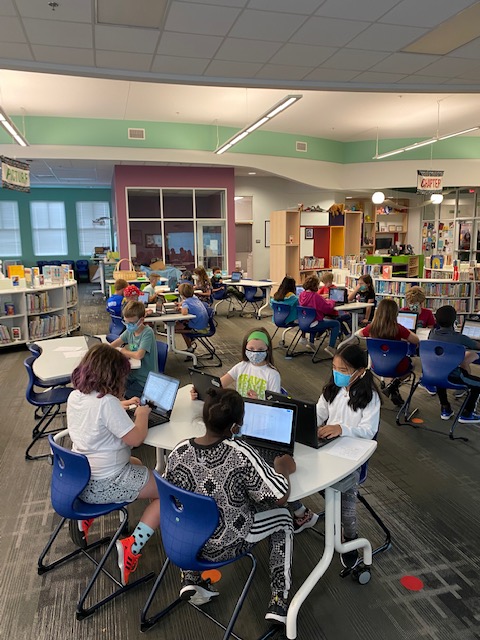

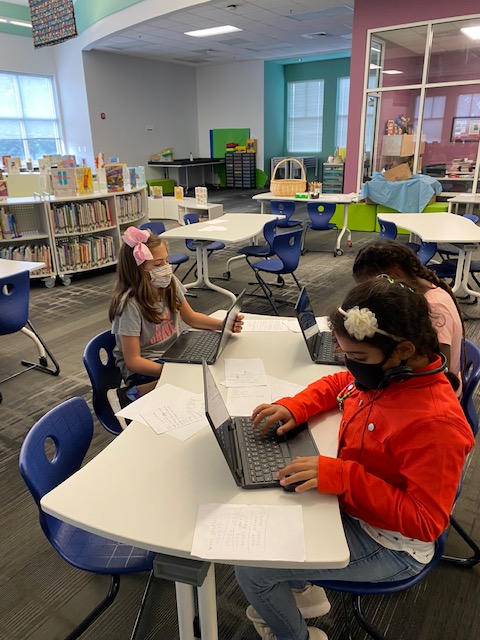
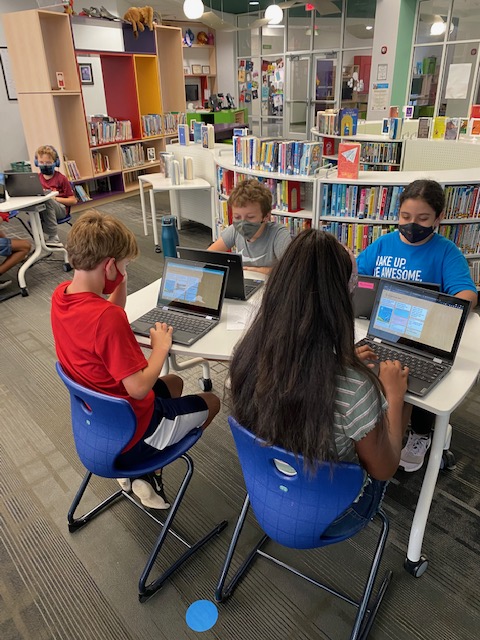
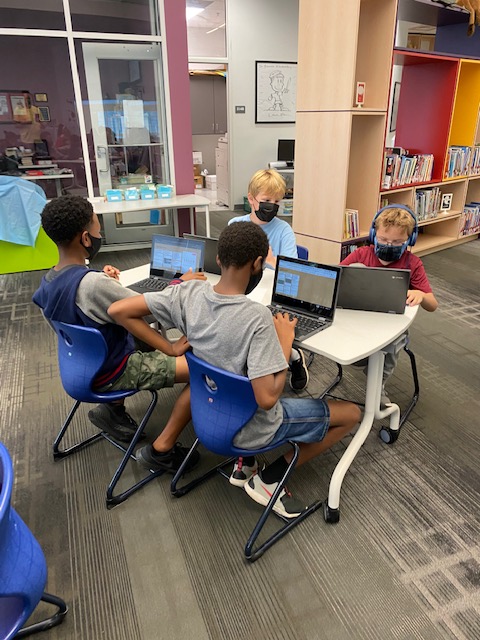
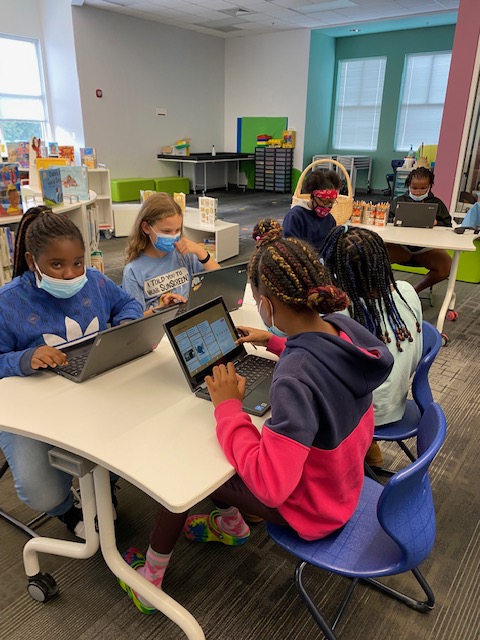
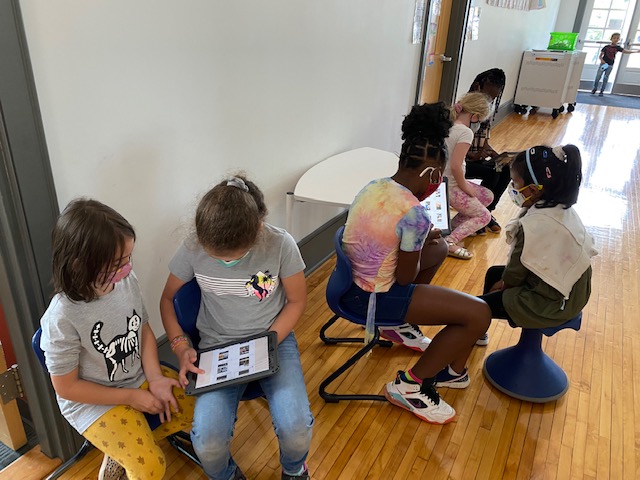
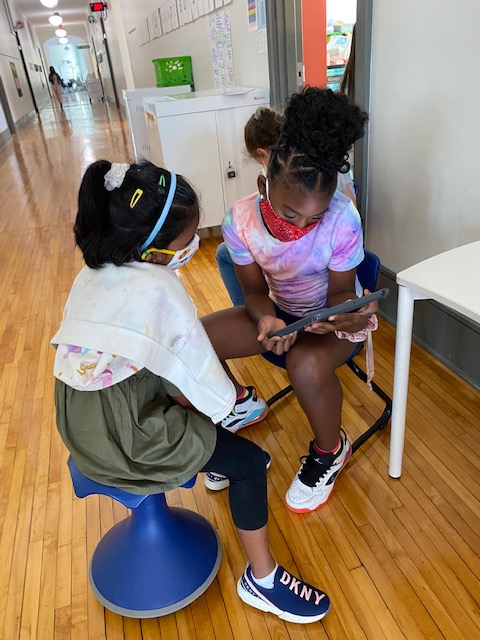



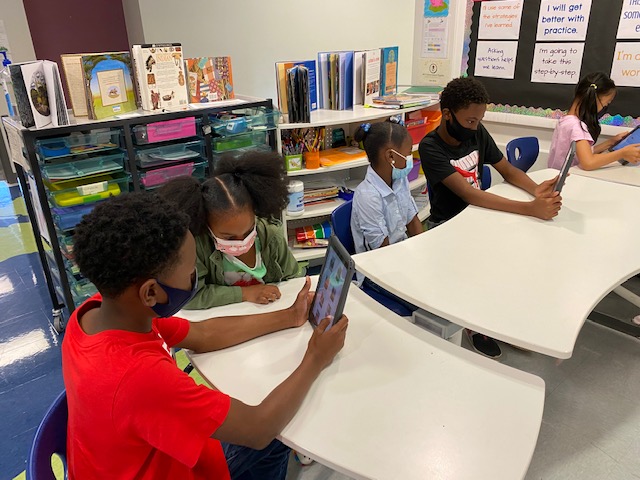
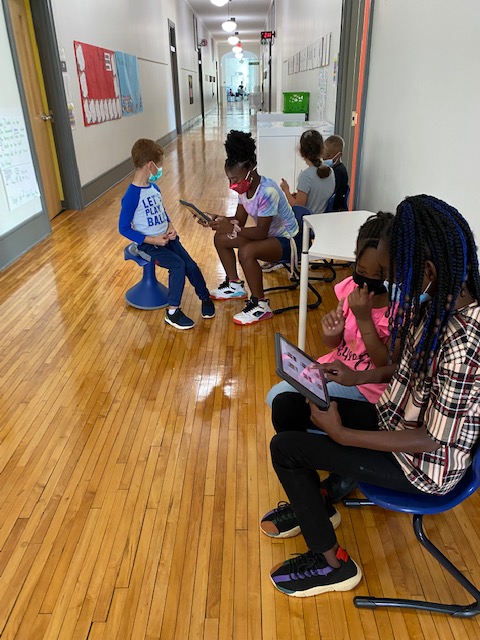
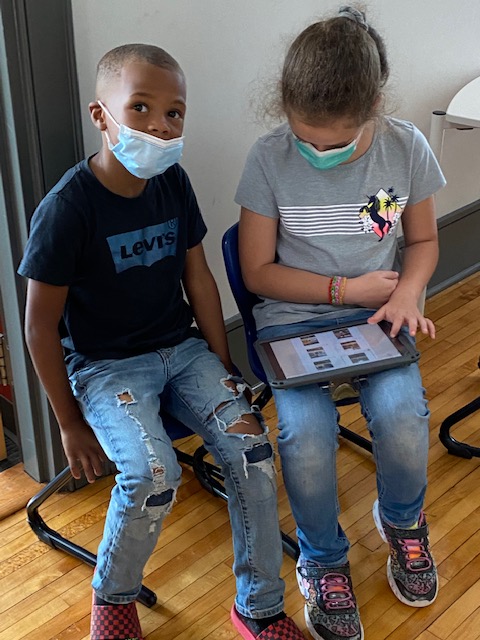

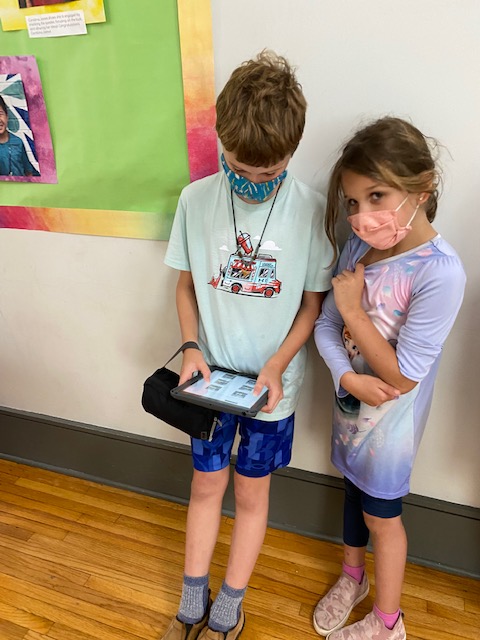
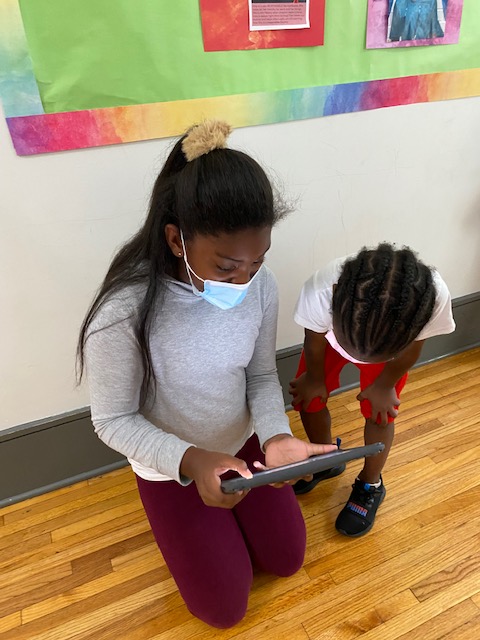
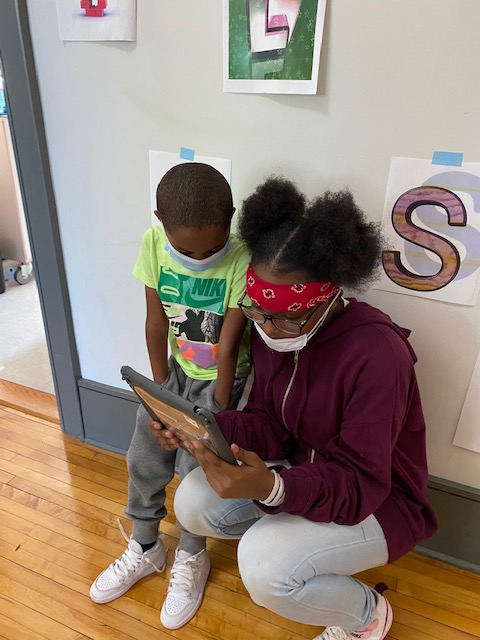
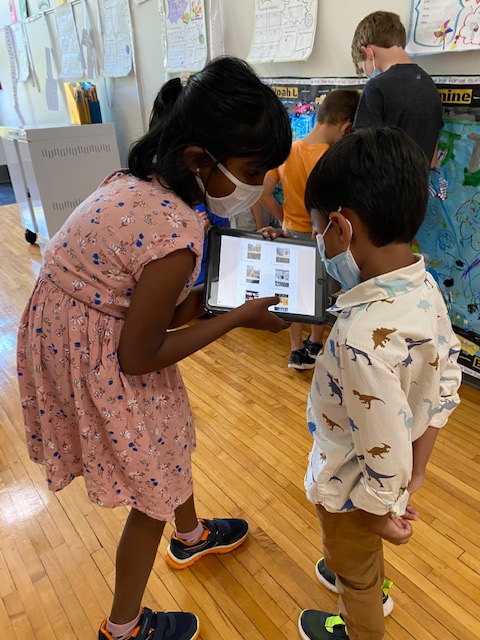

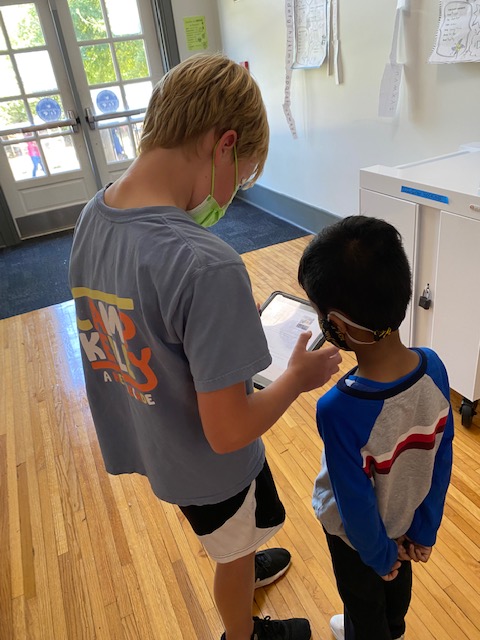

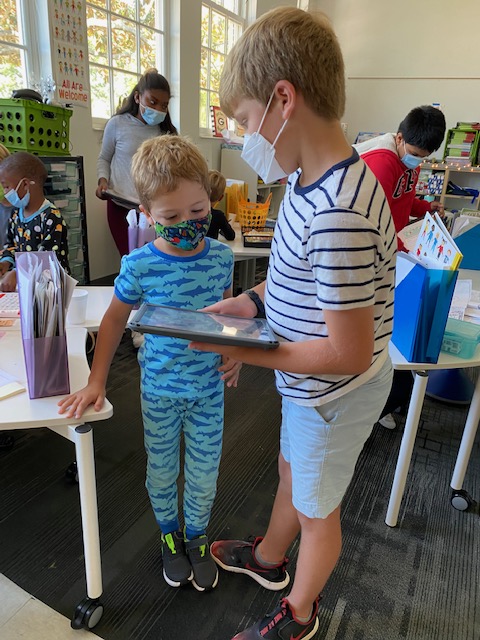


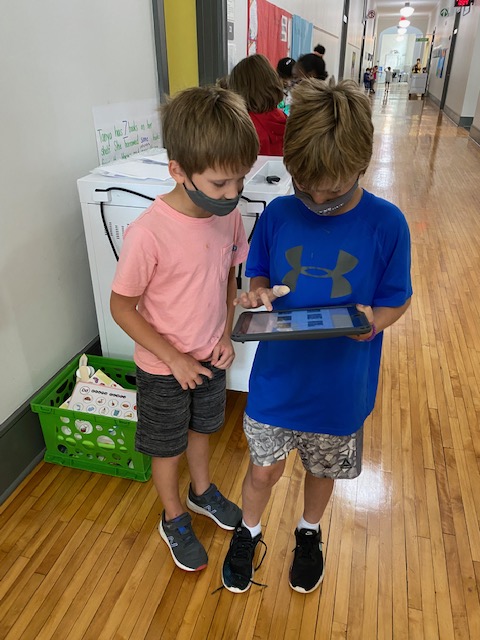
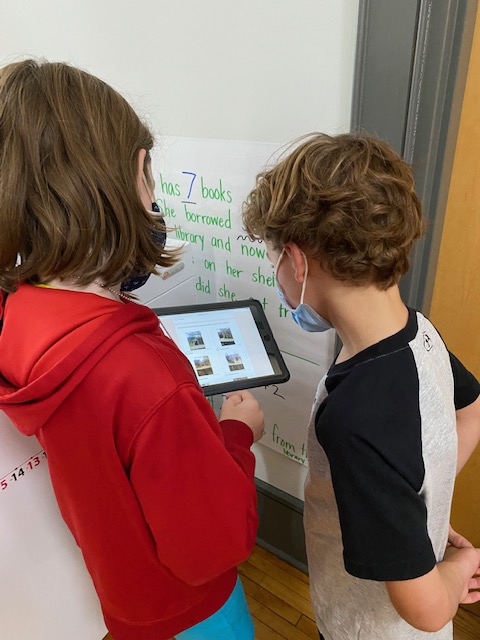
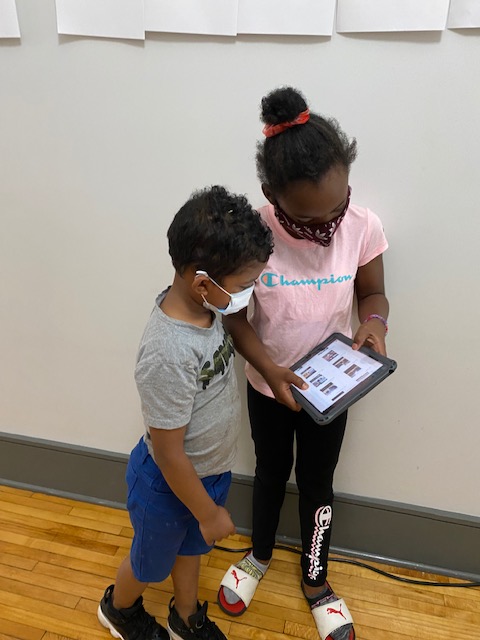

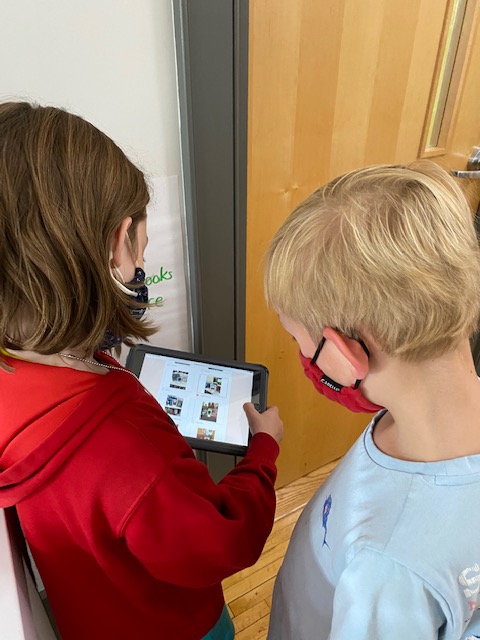
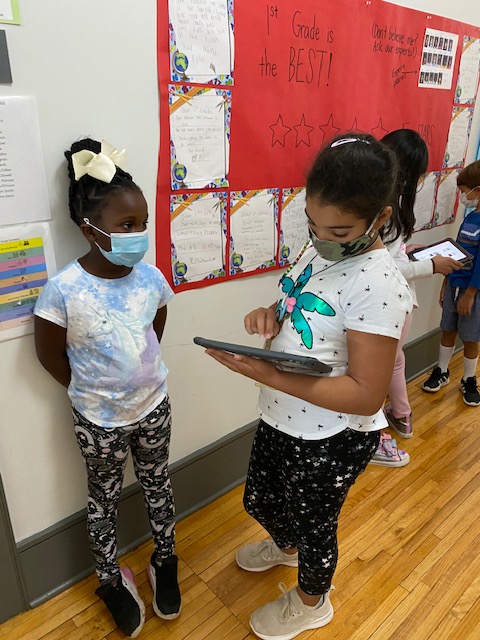
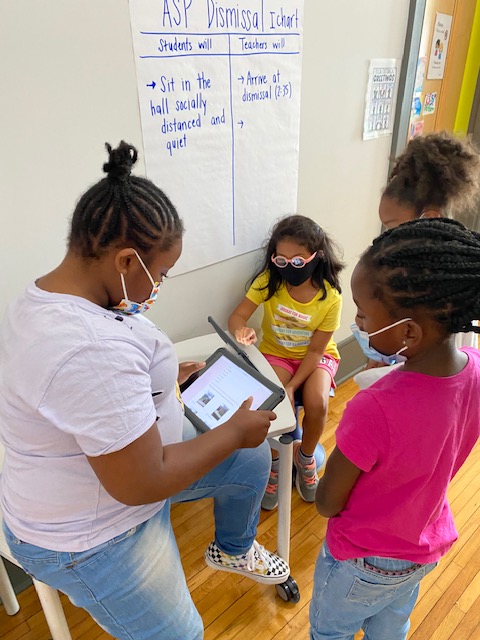
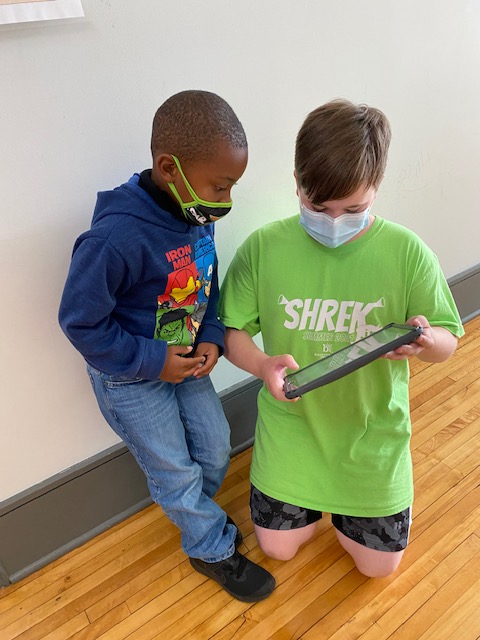
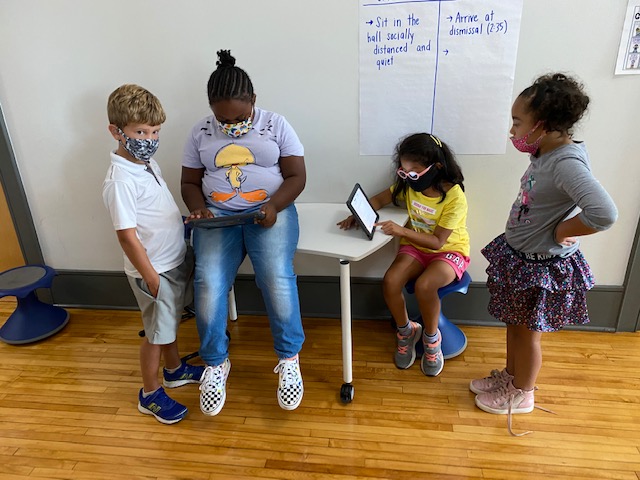
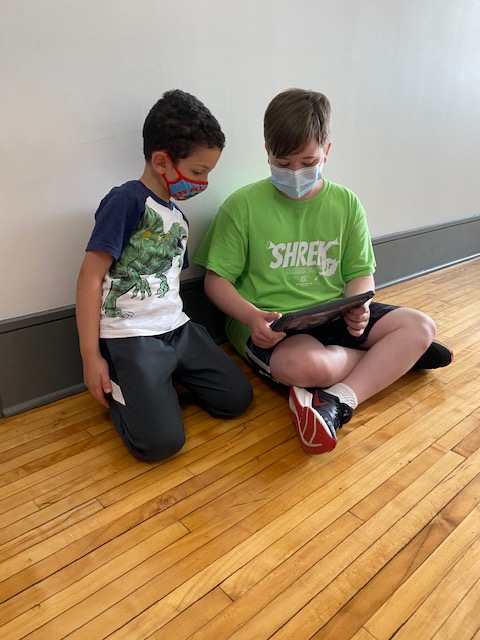


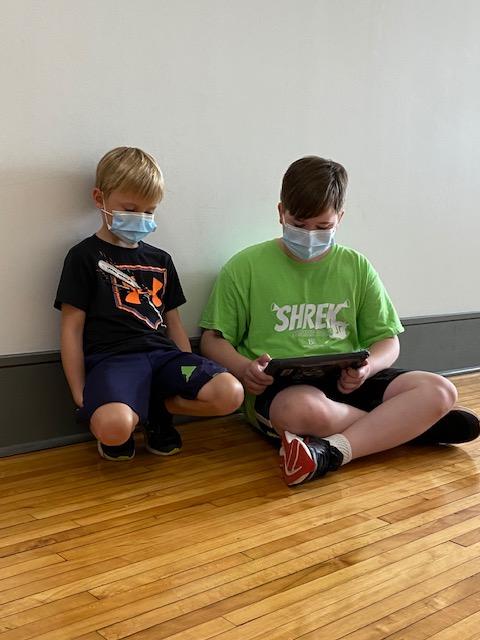
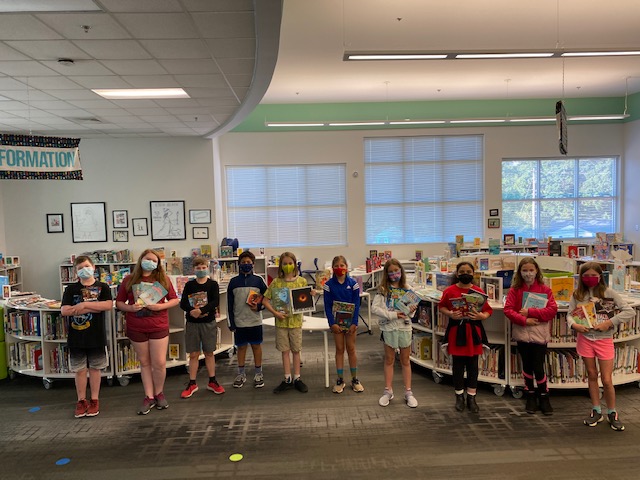


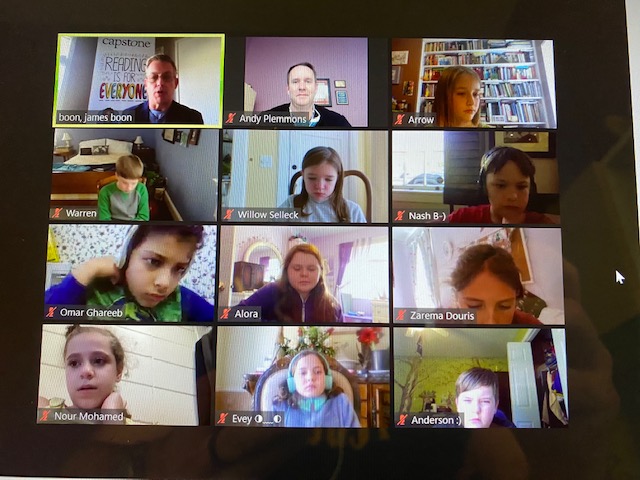
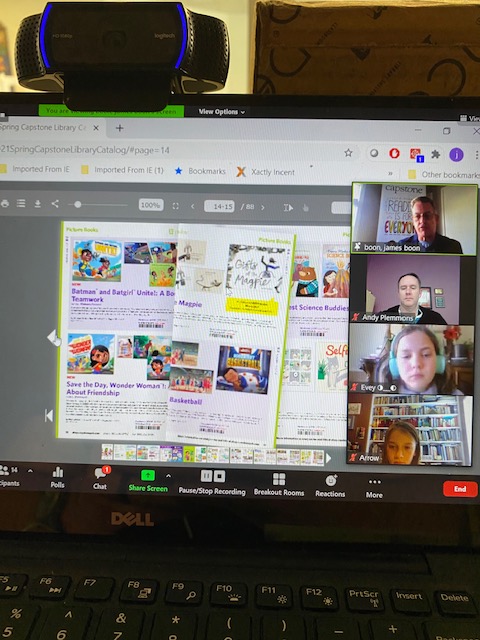
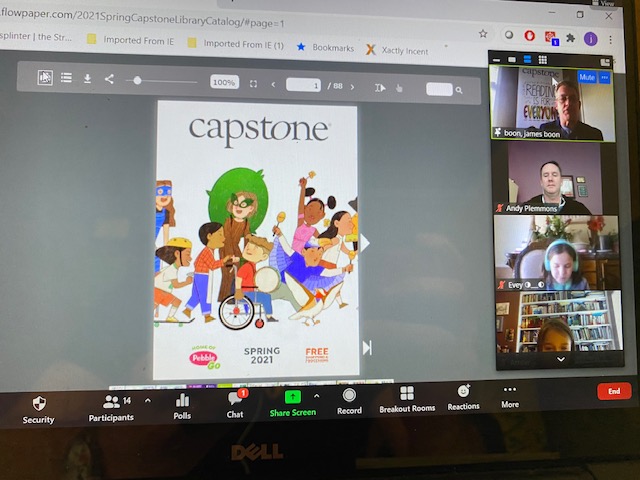


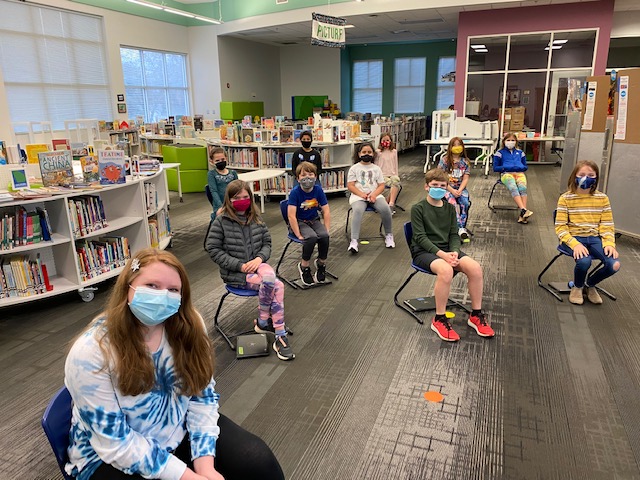

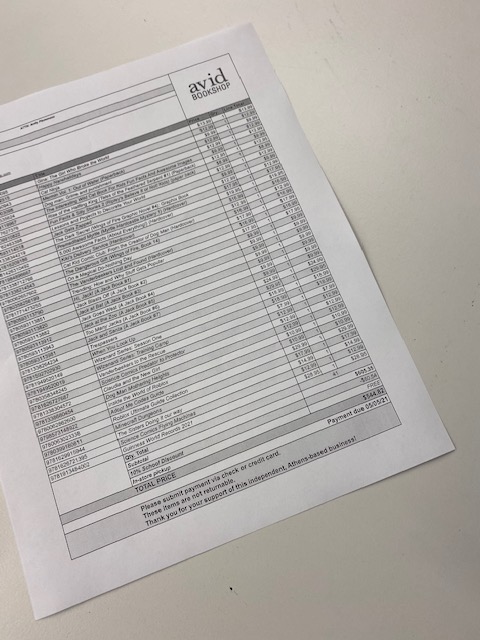
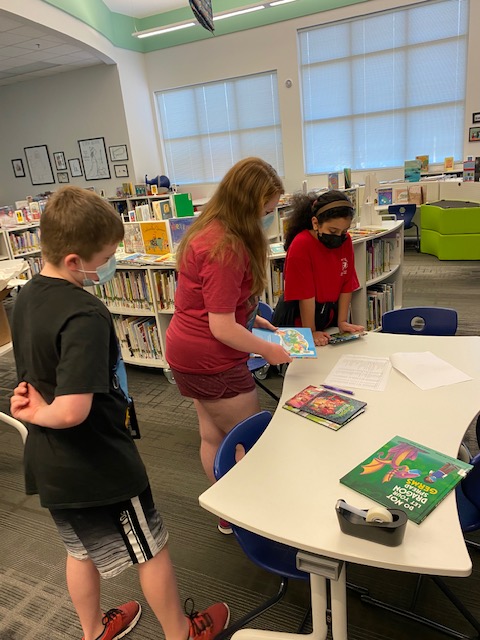
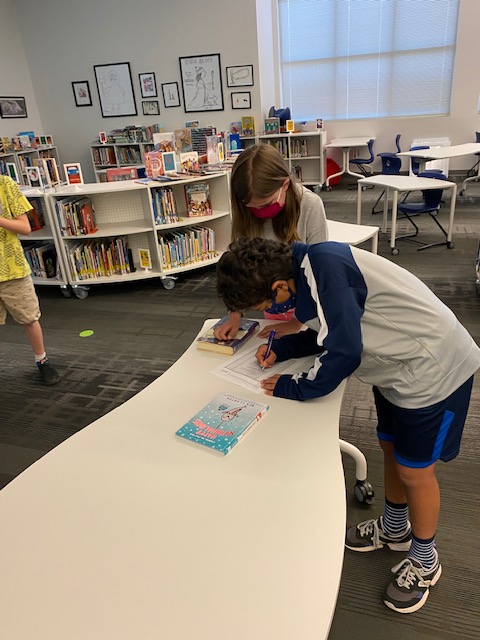

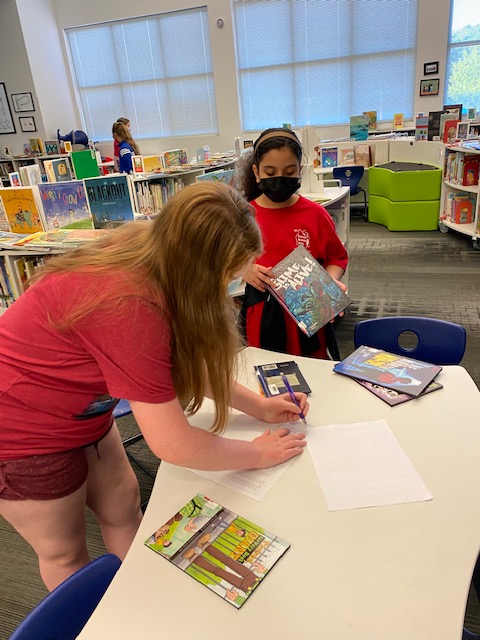

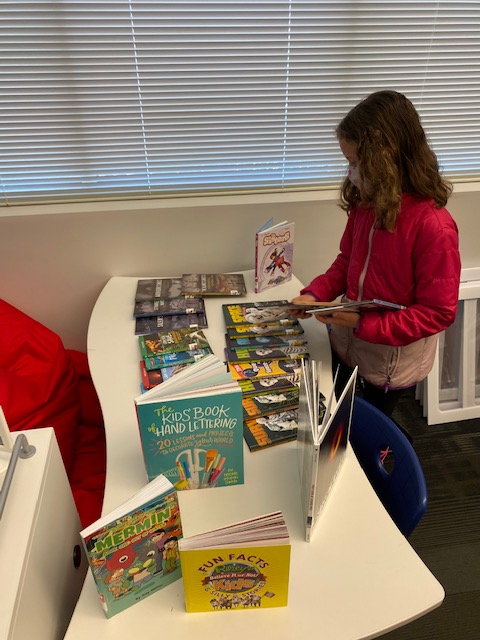
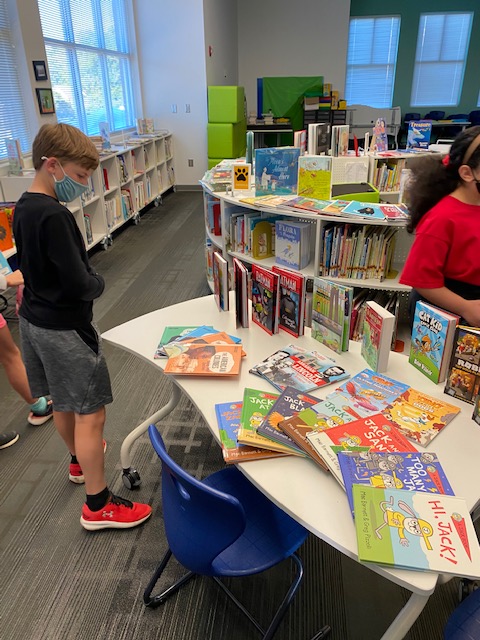
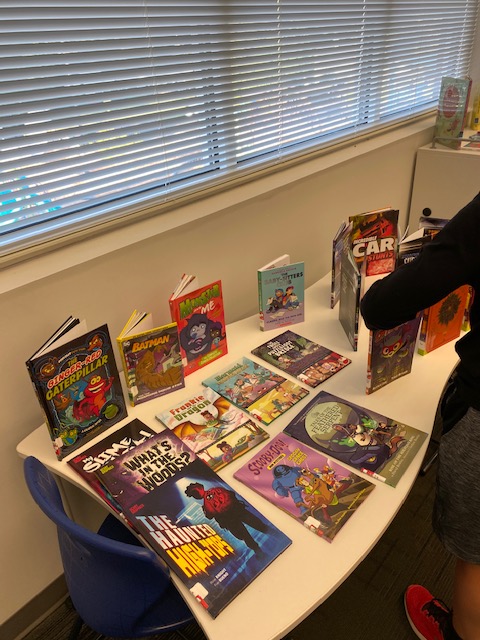
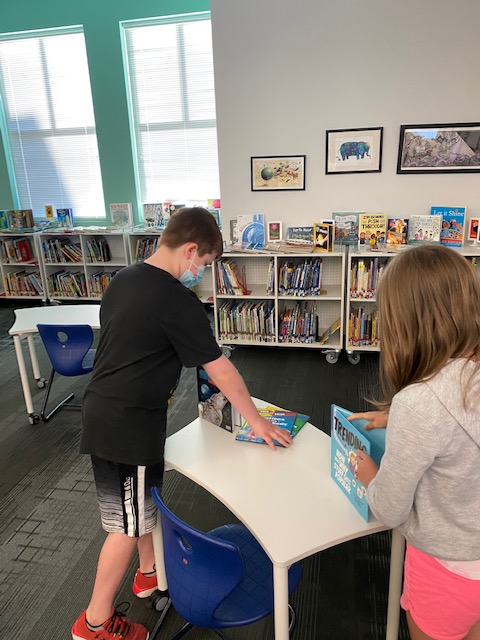
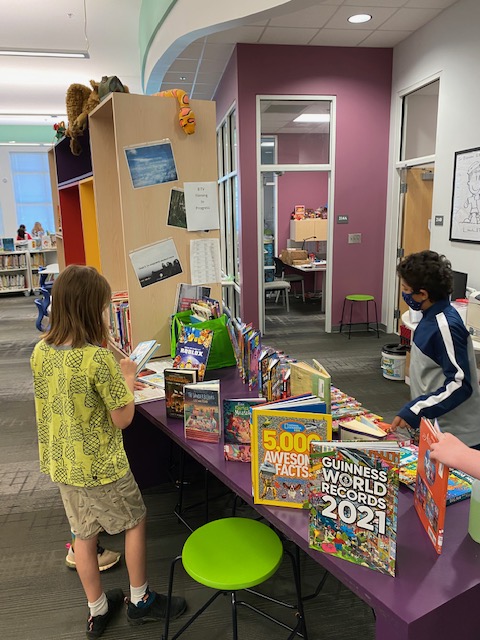


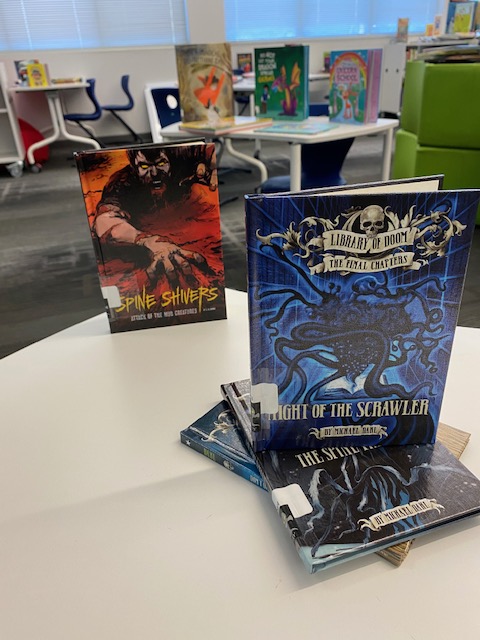
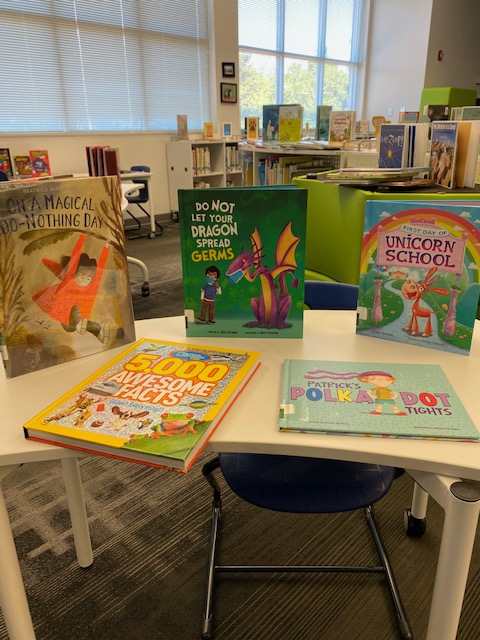
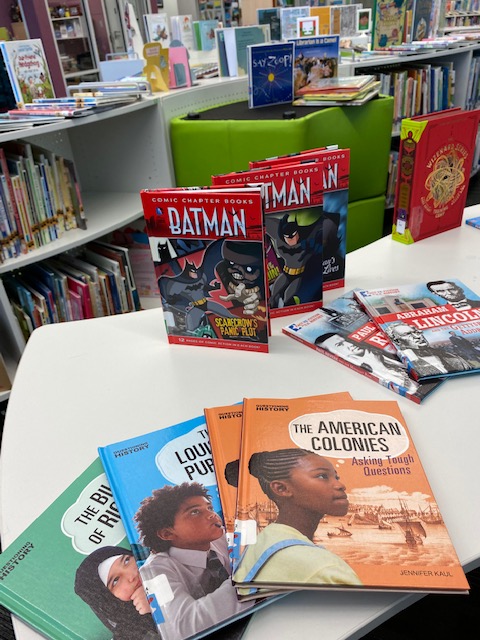
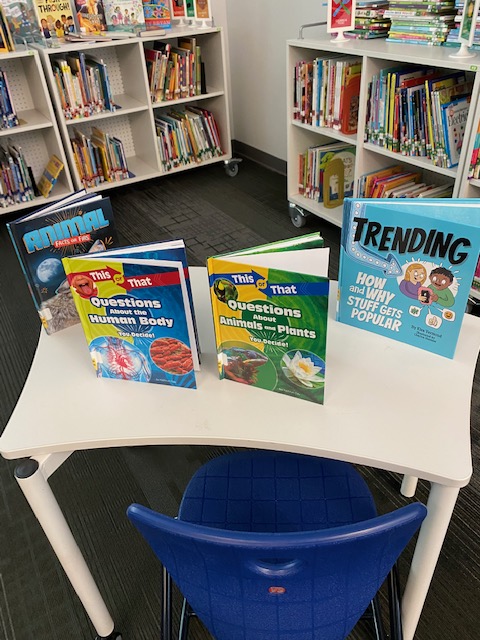
















































 Every year, we meet with our Capstone sales rep, Jim Boon. Jim brings in books divided into fiction and nonfiction and has catalogs for all students to look at. He shows them how to use the index in the catalog and how to find the rest of a series from the book samples he has on display. One of the things I love most about working with Jim is that he sits down with students and actively helps them look for books in the catalogs. He engages in conversation about interests and uses his wealth of knowledge of the products to match what students are asking for. While he does this, students come to me with catalogs and we scan the catalog bar codes into the Capstone site to make a consideration list.
Every year, we meet with our Capstone sales rep, Jim Boon. Jim brings in books divided into fiction and nonfiction and has catalogs for all students to look at. He shows them how to use the index in the catalog and how to find the rest of a series from the book samples he has on display. One of the things I love most about working with Jim is that he sits down with students and actively helps them look for books in the catalogs. He engages in conversation about interests and uses his wealth of knowledge of the products to match what students are asking for. While he does this, students come to me with catalogs and we scan the catalog bar codes into the Capstone site to make a consideration list.



